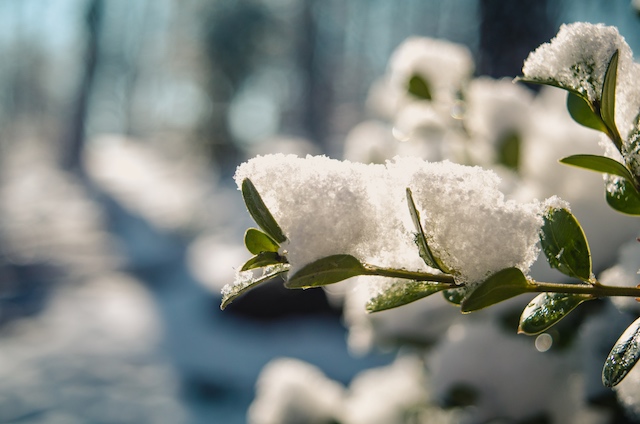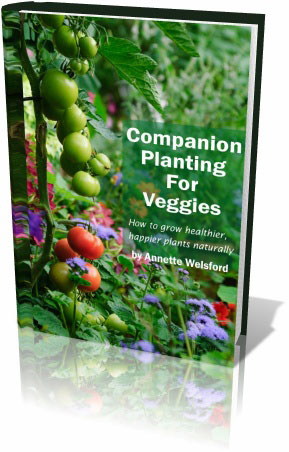How to fix a garden after winter
 Is your garden suffering from the consequences of an unforgiving winter?
Is your garden suffering from the consequences of an unforgiving winter?
Winter storms, accumulated snow, freezing temperature, and more can cause quite a wreck on your garden and its plant life. It will take some serious repair and care to bring your garden back to life. It is critical that you take care of your winter problems before the first warm breeze of spring arrives.
Dead and infected turf, broken branches, dried crowns, and dehydrated plants are some of the problems you might face. Here are some expert tips and tricks to fix your garden after a severely cold winter.
Access your damage
The first thing you need to do is take a stock of all the damage. Check your turf, plants, shrubs, and trees. There might be dead or infected grass under the snow or broken and damaged branches from winter storms. Make sure to remove all the snow from the floor of your garden, the roots of your trees, flowerbeds, and such. Be careful when removing snow; if you are not gentle, you can cause more damage to the suffering plants.
Take care of any broken branches
Accumulated snow, hail, or other extreme weather conditions can cause your branches to break or get infected. As soon as the weather starts to warm up and the snow starts to melt, you need to take care of any broken branches.
Remove any snow from the branches with your hand; a shovel may cause additional damage. Prune all the broken and infected branches and make sure that there is no infestation or nasty insects nearby.
Remove dead grasses
Grasses face the worst of the freezing cold winter and accumulated snow. Stored under layers of snow, they can dry up, die, or get infected.
You need to check your turf for any signs of life before removing it. If there are any green tissues near the base, there is a chance that they might recover. Otherwise, remove the dead plants from your soil and plant new seeds.
You might want to remove a light top layer of the soil and use manure, fertilisers, and organic composts to get your soil back to health before you start planting new seeds.
Regular watering
Dehydration is one of the most common problems that plants face during winter. The freezing cold temperature turns any source of water into ice, leaving the plants without any water to stay hydrated.
Giving your garden a good and thorough watering will ensure that all the snow and ice has melted. Plus, you will need to water your remaining plants regularly to keep healthy and thriving.
Another problem your garden might face is the after effects of de-icing salts. Make sure to buy the best pocket hose on the market and water your garden daily to avoid your plants from getting dehydrated.
Protect from rodent attacks
One of the most irritating and frustrating problems you will face is the rodent attacks on the base of your trees.
Due to the extremely cold weather and snow, mice, voles, and rabbits will look for places that are warm and comfortable. They usually go for the lower bark of thick trees and will chew and damage the bark from the outside and inside.
The best thing you can do is protect your tree by installing a sheet or a galvanised screen around the trunk before winter arrives. But if you have not done so, make sure that you fill up any holes nearby and let your tree repair itself. All you can do is protect it from further damage.
Preparing for warmer weather
You might need to prepare your soil with fertilisers and composts before the weather becomes warmer. Make sure that you finish all of your repairing and remodelling work before the time to plant the spring blossoms arrive.
Preventing winter damage
If you want to keep your garden’s winter damages to the minimum, prepare your garden for the incoming winter. Pruning your trees and turf, installing screens around the roots of your trees, and cutting off any unnecessary plants will help you keep your garden from getting too damaged.











